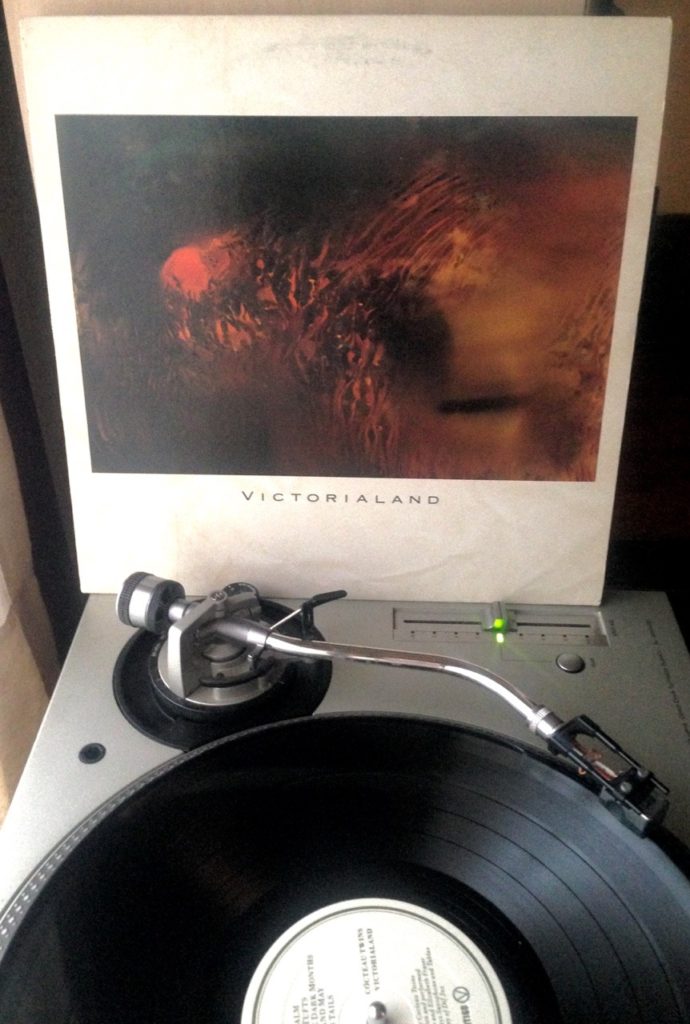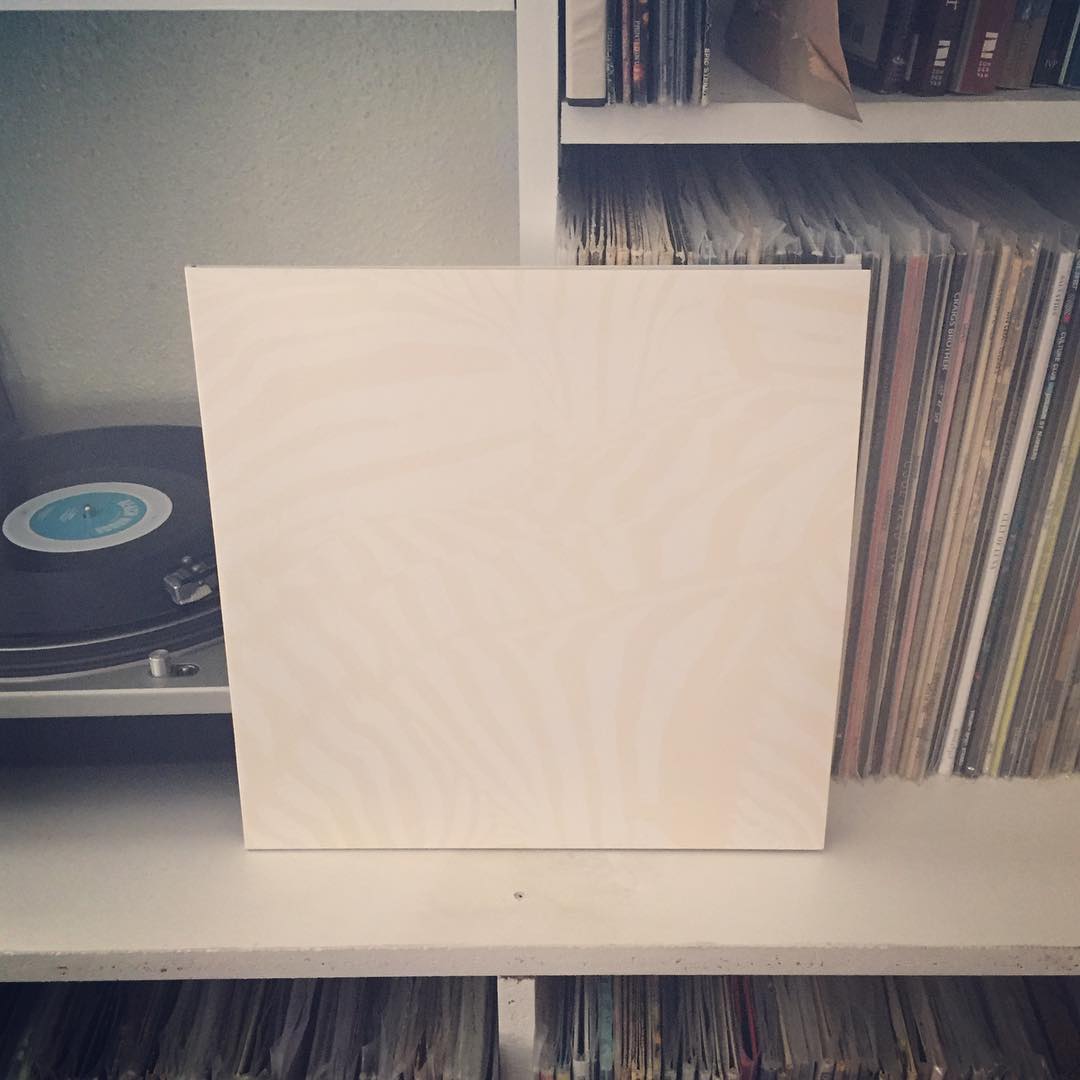Bradford Cox is, for lack of a better word, prolific. Not only does he manage to fill the role of primary frontman and guitarist in Deerhunter, he also maintains an equally impressive solo project at the same time.
Between his main band and his Atlas Sound moniker, Cox has released new material every year since 2007. 2008 saw four releases, with Deerhunter’s double-release of Microcastles and Weird Era, Cont., and this LP/EP set.
What’s even more remarkable than his great prolificacy is his consistency. Every album released in the past five years has been truly great, even as far as his musical center has traveled in those years.
With this in mind, it’s just about impossible to talk about Atlas Sound without talking about Deerhunter. Unlike other main band/solo project relationships, there is a constant dialogue between Cox’s full-time job and his hobby.
This album, his first official solo release (he had recorded under this nom-de-plume since he was a teenager) finds him delving once more into the ambient meanderings of Deerhunter’s excellent Cryptograms. But, while that LP featured hazy atmospherics that would recede to punk-tinged pop songs, here those atmospheres serve as the basis of those songs instead of transitional pieces. It’s an incredibly laid back record. When necessary, tape loops and drum machines are called in to add a beat to swirling drone of heavily effected guitar and synth pads that serves as the focal point of most of the songs.
Cox’s use of his voice supplements the haunting textures. Whether he’s singing single vowels or stretching his words across measures, he takes his time to say what he wants to say, which is unclear–the lyrics are ambiguous and the vocal track is drowned in the mix. Instead, the emphasis is on the wash of sound flowing out of the speakers, and it is an excellent wash of sound, to say the least.
Another Bedroom EP, included on the vinyl version of the release, is very much in the same vein. However, this time around the wooshing guitars and ambient vocalizations are paired with softly played drums and the occasional acoustic guitar. Unlike most other EPs, the non-lead tracks don’t feel like filler. Rather they are all fully fleshed ideas that flourish in the same way as the single (even the loop-based Spring Break).
Previous listens to this album (all digital, as I procured the physical copy less than an hour ago) rolled over me like a warm breeze; it was a pleasant experience, but I wasn’t left with too much of substance. This closer listen reveals much to latch onto. It’s a subtly wonderful record that exists in the realm of ambient without falling into the realm of boring. But what is important to remember is that this is primarily a bedroom record–Cox performed, sang, and recorded every sound here himself–and while it maintains certain elements of DIY, the record never forces you to listen through the limitations of the recording process. Instead, it is a beautiful and pleasing affair that I’m certain will become a frequent visitor of my turntable.
 With less haze this time around, Deerhunter made just about everyone’s end-of-the-year list, and that in a year that saw Kanye West, TV on the Radio, Beck, and a reunited Portishead releasing records.
With less haze this time around, Deerhunter made just about everyone’s end-of-the-year list, and that in a year that saw Kanye West, TV on the Radio, Beck, and a reunited Portishead releasing records. 
 Somewhere between Treasure and Victorialand, the Cocteau Twins’ drummer quit.
Somewhere between Treasure and Victorialand, the Cocteau Twins’ drummer quit. A couple weeks ago, I couldn’t decide whether I wanted to spin Beach House or something else. I asked my wife, and she chose the other, stating “you listen to that record too much.”
A couple weeks ago, I couldn’t decide whether I wanted to spin Beach House or something else. I asked my wife, and she chose the other, stating “you listen to that record too much.”